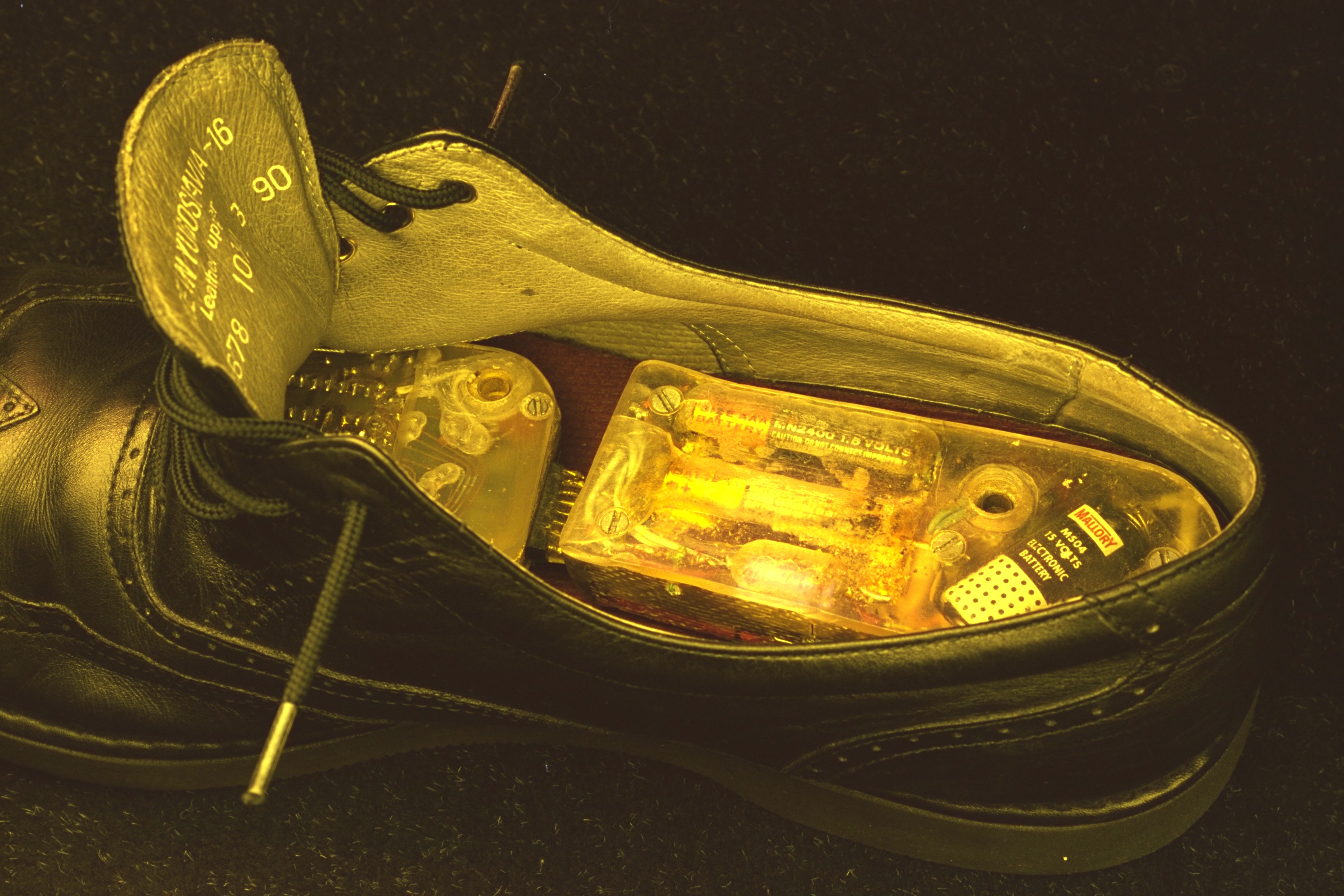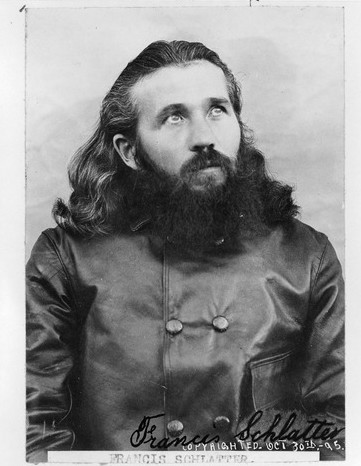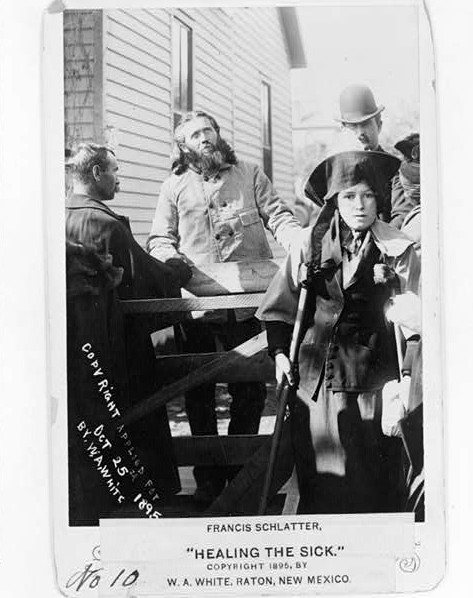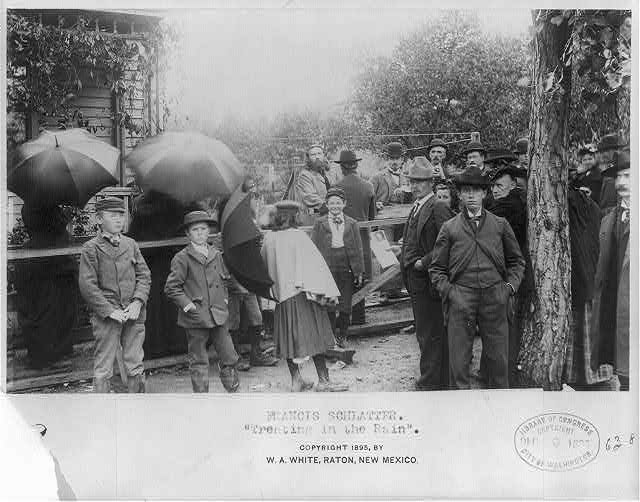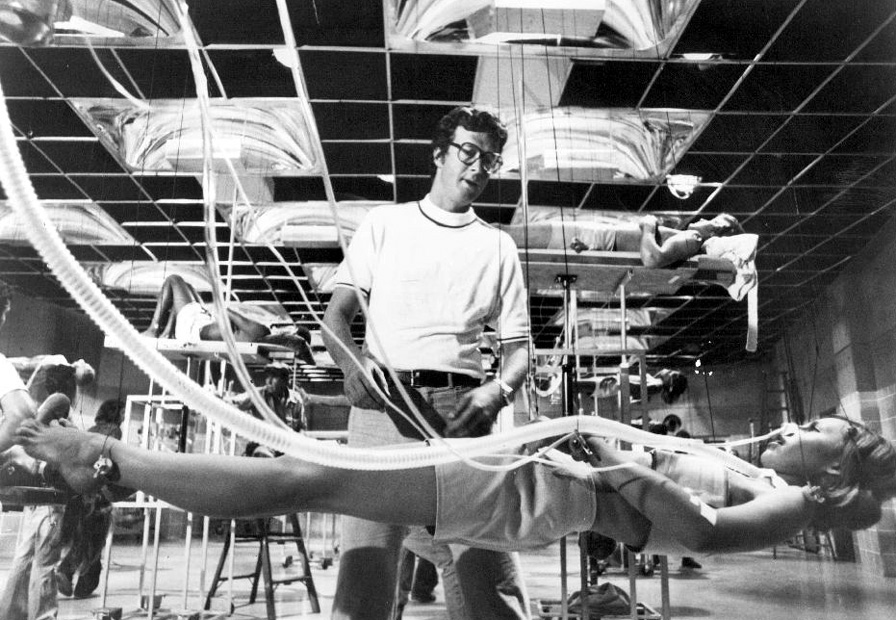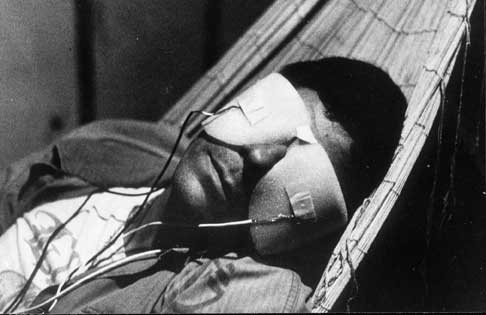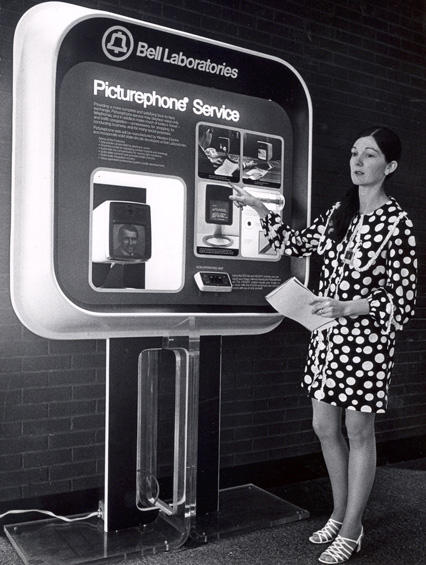
“Rogers, his head swathed in bandages, with part of his skull missing where physicians had removed a portion of the bone, asked for pen and paper.”
For well over a decade, S. Chandler Rogers was not feeling like himself. According to an article in the October 22, 1911 New York Times, the messenger and sometimes prizefighter was waylaid by three men on a Manhattan sidewalk, suffered brain trauma, and couldn’t recall his identity for the next decade and a half. One day in Seattle, a second mysterious incident brought the attack back to him in great detail. Unfortunately, the beleaguered man said the latter episode completely erased memories of his life during the intervening 14 years.The story:
“Seattle, Wash.–In a fight with three toughs at Sixteenth Street and Eighth Avenue, New York, on May 1, 1897, S. Chandler Rogers had his skull fractured, and later he was thrown into the Hudson River. For fourteen and a half years he lived under the name of George Kelly. He became demented at his home in Port Blakeley on Oct. 10, and to-day regained his senses and announced his right name at Providence Hospital.
Rogers, his head swathed in bandages, with part of his skull missing where physicians had removed a portion of the bone, asked for pen and paper and wrote a clear, concise, intelligent letter to his half sister, Miss Florence Douels, 418 West Thirty-second Street, New York. He wrote:
‘I am in a hospital and all O.K.’
Then he added a paragraph asking that Father Dougherty of the Paulist Society, New York, come to see him.
When Rogers had finished his letter, after telling his physicians and his nurse that his right name was Rogers and not Kelly, he asked for a newspaper. It was handed to him and he read at the top of the first page:
‘Seattle, Saturday, Oct. 21, 1911.’
Rogers turned one look of appeal and wonderment toward the physician, Dr. Milton G. Sturgis, and to his nurse.
‘Am I really in Seattle?’ he asked. And then he broke down and wept.
Although the man is still in a serious condition, he was strong enough to suppress his grief after a few moments and then told a straight and apparently reliable story of his marvelous experience.
‘I do not know where I have been or what I have been doing for fourteen years,’ he said. ‘I know that I was born in New York City in 1880, that I lived with my grandmother, Mrs. Elizabeth Douels, 418 West Thirty-second Street, and that my name is S. Chandler Rogers. I was first a newsboy in New York and then a messenger with a big trust company. I used to box in a theatre to earn a little side money. On May 11, 1897, I took a vacation.
‘With a friend I went to a theatre accompanied by two girls. I took my girl home, then started to walk to my own abode. At the corner of Sixteenth Street and Eighth Avenue, I met three men who asked me for a match. I told them, ‘I am no match factory.’ Then one made a pass at me. I struck at him with brass knuckles on my right hand–I always wore them at night. It was then near midnight. Another man of the three struck me with a blackjack and I fell to my knees. The next I knew I was swimming in the river, almost stark naked. I remember catching hold of a pile and calling for help. I can remember being dragged from the river, and that is the last I know, except that I woke up here in this hospital in Seattle, Tuesday morning.’
Dr. Bruce Elmore, who became interested in the case, talked to Rogers about people he knew in New York. As an intern in Roosevelt Hospital fourteen years ago, Dr. Elmore knew many of the men and places of which Rogers told. He also knew Father Daugherty, for whom Rogers asked as soon as he was able to talk coherently.
Married two months ago, Rogers, as George Kelly, left his home on Tuesday evening, Oct. 10, for a trip to the mill town. He had not been feeling well for some time. He went to a store on Port Blakeley and ordered some groceries for his wife. Then he disappeared. Three days later he was found by bloodhounds in the dense forest near Port Blakeley. He was stark naked and was crawling around on his hands and knees and snapped and barked at the dogs.
On Friday, Oct. 13, he was brought here, and Dr. Sturgis was asked to examine him. He was unable to speak, could not see, and apparently was paralyzed. Sunday last an operation was performed and a portion of his skull removed, where it pressed on his brain for fourteen years and more.
Rogers does not now remember his recent marriage.”


